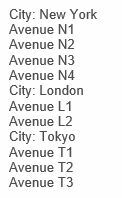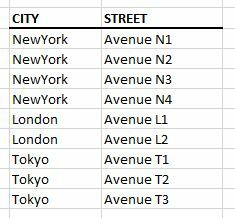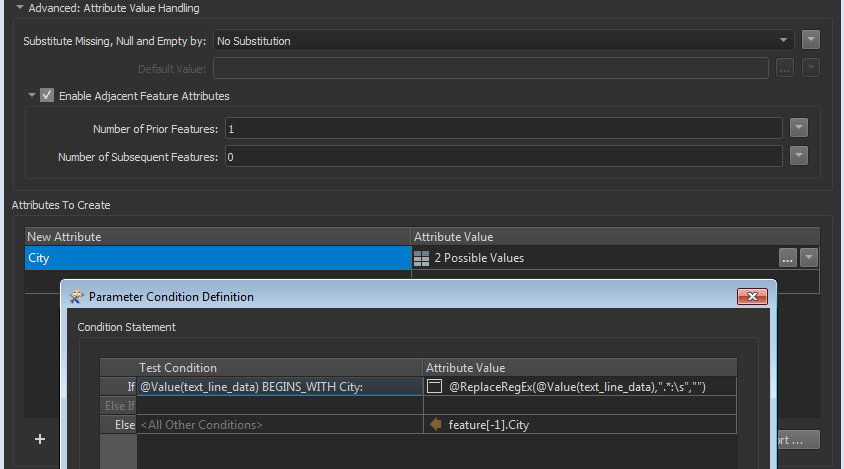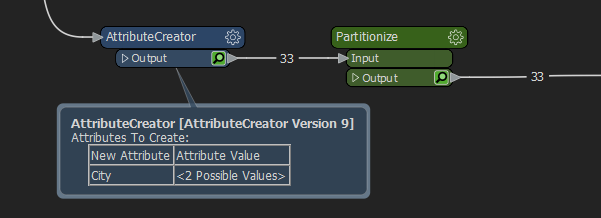This must be trivial but after long workday my brains are not working.
I have a text file which I need to convert to table.
Here is a simple example to demonstrate the problem. Input text file contains street names for cities. City-keyword indicate when the city change.
Input text file:
 Output table:
Output table:













